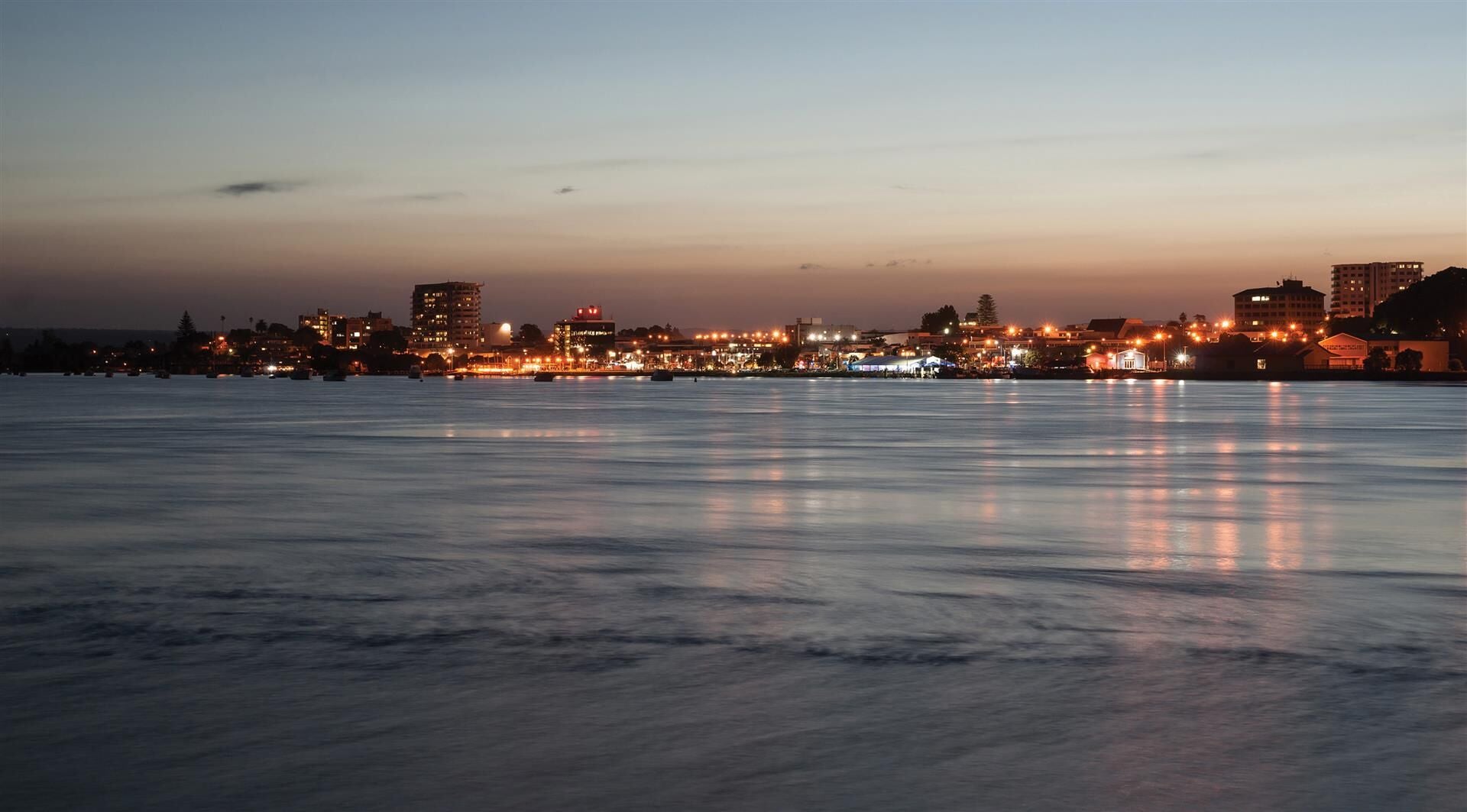Bay with plenty of action

In the latest edition of Bayleys’ Total Property, the firm’s head of insights, data and consulting, Chris Farhi said the developments planned across Tauranga’s CBD show it will be one of the most transformed city centres in New Zealand over the coming decade.
The Western Bay of Plenty’s economic development agency Priority One recently released the Tauranga CBD Blueprint which outlines the planned projects, with the knowledge base created in partnership with property developers, landowners, investors, and the Tauranga City Council (TCC).
Farhi said Tauranga’s CBD evolution can launch from a position of strength given its existing low-rise skyscape.
“Look at any of the world’s high-profile central business districts and they all display high-rise office towers and multi-level commercial development which optimises constrained inner-city land.”
“In Tauranga, the CBD covers a reasonably large area but there’s scope for increased intensification given the current largely low-rise commercial componentry – something Auckland and Wellington cannot offer developers.”
“While nothing said its CBD must go sky-high, there is significant opportunity to leverage the commercial potential of Tauranga city’s core.”
Sited on the Te Papa peninsula, there are compelling water views to be unlocked from taller buildings in Tauranga’s CBD which will add value to both the corporate office and apartment markets, and the existing CBD framework features a number of larger sites with development potential for bigger footprints.
Bayleys Tauranga commercial and industrial manager Mark Walton said Priority One’s Tauranga CBD Blueprint clearly illustrates the city’s development big picture from now to 2030.
“Since the launch of the Blueprint, we’ve seen an uptick in enquiry from developers and investors who want some exposure to the CBD.”
“This is particularly around potential development sites with some scale – whether that be older buildings for demolition and rebuild, or repurposing existing buildings.”
“The raft of investment in new projects as outlined in the Blueprint has also sparked existing landlords to reassess their property assets, with portfolio landlords who own multiple properties particularly looking at how their assets fit in with the city’s broader redevelopment plans.”
Walton said he’d expect to see some consolidation of commercial property portfolios and potentially, a wave of property coming to the market from those landlords who feel they’re not in a position to be part of the city’s regeneration.
“It’s early days, but I sense renewed optimism for the city centre and for what the CBD could look and feel like.”
“Sophisticated new office developments will inevitably have a knock-on effect for the office leasing market with the step-change in quality flowing on to increased rental rates.”
“Additionally, as other existing office properties are redeveloped or repurposed, there will be movement across tenancies and within lease structures.”
Numerous private developments are occurring in the CBD currently, with the flagship mixed-use project Thirty Eight Elizabeth generating real hype in the market, according to Walton.
“The 8,000sqm retail component of this $200 million mixed-use development which includes high-end living and 340 car parks, is anchored by retail heavyweight Farmers and is expected to kickstart retail development in the wider CBD,” said Walton.
“Now that people can see the quality of this build undertaken by Elizabeth Properties, part of the James Pascoe Group of companies, and the commitment from founding retail and hospitality tenants, it is expected other investors and developers will be spurred on to improve retail offerings.”
Meanwhile, Bayleys Bay of Plenty general manager Jon O’Connor said the Blueprint’s pipeline of commercial development set to rejuvenate the CBD will create opportunity for more inner-city living options.
“Thirty Eight Elizabeth reflects the developer’s vision and commitment to providing central Tauranga with a new style of living,” he said.
“With 97 high-end apartments across 10 storeys and two towers, and 23 luxury townhouses, this is city living usually found in the larger metropolitan centres and when they do hit the market, I expect a real ripple in the market.”
O’Connor said development of the scale and quality of Thirty Eight Elizabeth, and plan changes by council and central government, will provide confidence to other developers and investors resulting in more apartment/townhouse options in the heart of the CBD and on its fringe.
“Getting more people into the heart of the city to enjoy the planned amenities is one of the goals and I feel the market will respond,” he said.
“Downsizers, professionals, retiring farmers and lifestyle block owners, even seasoned holidaymakers with a hankering to live permanently in the Bay, are expected to relish the chance to live a more streamlined life close to shops, services and the waterfront.
“High house prices across Tauranga, a wider acceptance of apartments as an affordable housing solution as modelled elsewhere in New Zealand, and expected post-pandemic growth in international student numbers off the back of the University of Waikato’s campus all support an increase in higher density living.”
Priority One chief executive officer Nigel Tutt said in Bayleys’ Total Property that the Tauranga CBD Blueprint gives businesses, developers, investors, tenants and the general public confidence that the city will be something to be proud of in the future.
“The Blueprint gives the public clear visibility to the reinvigoration and level of investment, which they might not have otherwise been aware of.”
“We believe this will change their perception and drive excitement for the future of the city centre and we will continue to work collaboratively with TCC to ensure there is a suitable structure and dedicated resources available to support the major developments in the Tauranga CBD Blueprint.”